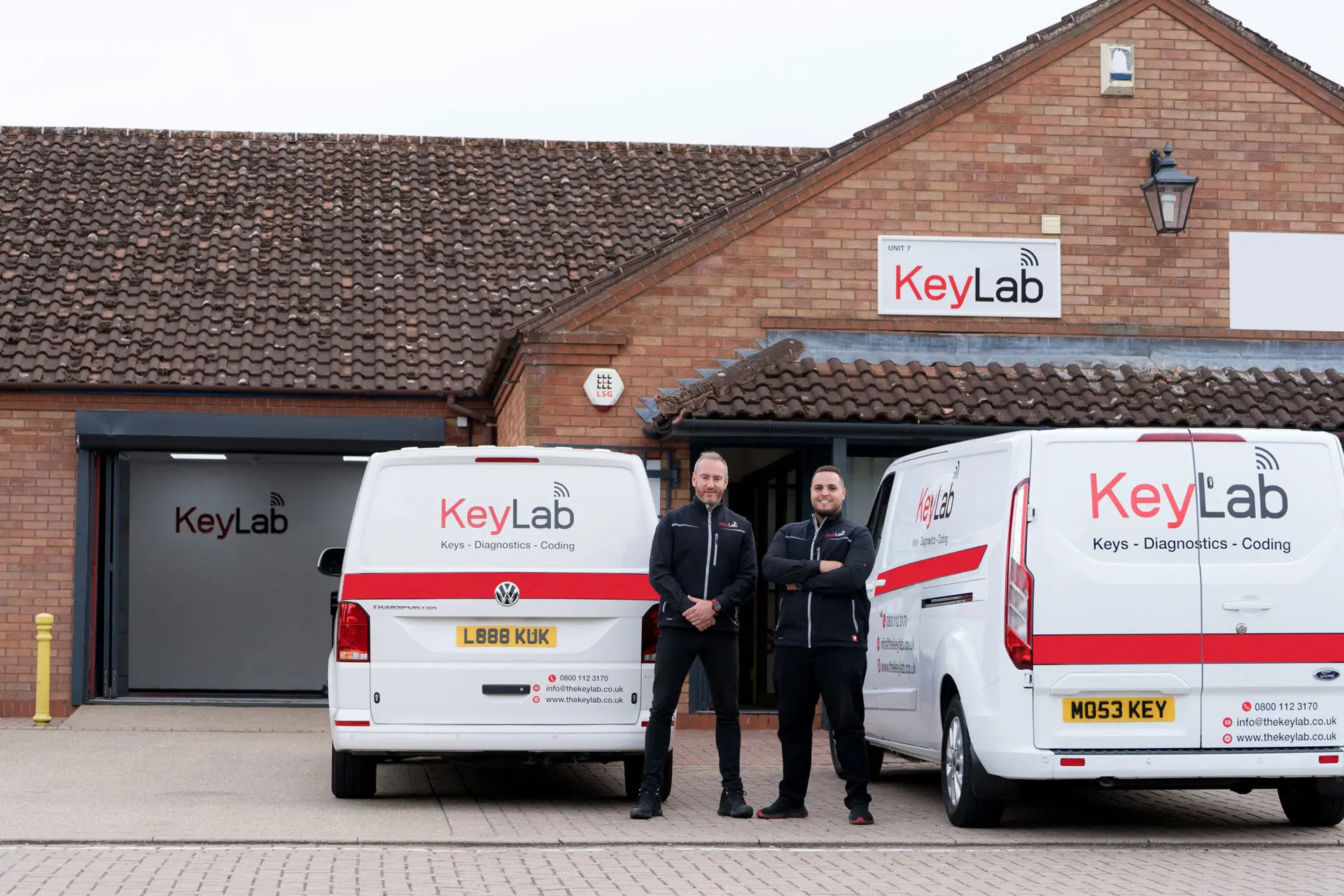A List Of Common Errors That People Do With Car Key Button Replacement

Car Key Button Replacement: A Comprehensive Guide
In the period of innovative automotive innovation, car keys have actually progressed considerably, transitioning from conventional metal keys to contemporary key fobs equipped with numerous features. However, with such developments comes the inevitability of wear and tear, especially with the buttons on these key fobs. This post explores the need of car key button replacement, the techniques included, and the common questions surrounding the procedure.
Comprehending Key Fobs and Their Importance
Key fobs serve several functions: locking and opening the vehicle, enabling keyless entry, and in many cases, beginning the engine from another location. Offered their numerous performances, the buttons on these devices are often used, making them susceptible to harm with time. Factors contributing to wear and tear include:
- Frequent Use: Regular operation can result in button fatigue.
- Direct exposure to Elements: Harsh weather can break down plastic and electronic parts.
- Accidental Damage: Dropping or mishandling a key fob can trigger physical damage.
As these buttons become less responsive or stop operating entirely, drivers may discover themselves locked out of their automobiles or not able to begin them. Comprehending the significance of timely replacement is vital for keeping vehicle availability.
Signs That You Need a Key Button Replacement
Recognizing the indications that a key fob button needs replacement can save time and disappointment. Search for the following indicators:
- Sticky or Jammed Buttons: If the buttons feel sticky or do not push down quickly, they may need replacement.
- Irregular Response: Buttons that require a number of presses to work indicate internal concerns within the key fob.
- Noticeable Damage: Cracks, chips, or broken buttons can hinder performance and render the key fob unusable.
- Deterioration: Rust or staining around the buttons may suggest damage caused by moisture direct exposure.
How to Replace Car Key Fob Buttons
Changing car key fob buttons may seem daunting, but with the best approach, it can be a manageable DIY job or handled expertly. Here's a detailed guide on how to do it yourself.
Products Needed:
- Replacement buttons (readily available online or at an automotive store)
- Small screwdriver (often a Phillips or flathead)
- Plastic pry tool (optional)
- Adhesive (if needed)
Steps to Replace:
Disassemble the Key Fob:
- Using a small screwdriver, carefully open the key fob housing. Some models might need a plastic pry tool to avoid harming the case.
Get Rid Of the Old Buttons:
- Gently lift and eliminate the harmed buttons, taking care not to harm the internal electronics.
Tidy the Interior:
- Wipe down the interior with a lint-free fabric to remove dust and debris.
Install New Buttons:
- Position the brand-new buttons in place and guarantee they line up properly with the circuit board.
Reassemble the Key Fob:
- Carefully snap the casing back together, guaranteeing that all parts are firmly in place.
Evaluate the Key Fob:
- Before utilizing it, check each button to confirm that they operate correctly.
| Step | Action |
|---|---|
| 1. Dismantle | Open key fob casing |
| 2. Get Rid Of Old Buttons | Raise out damaged buttons |
| 3. Tidy Interior | Utilize a lint-free cloth to clean up |
| 4. Set Up New Buttons | Position and secure brand-new buttons |
| 5. Reassemble | Snap casing back together |
| 6. Test | Guarantee all buttons operate as intended |
Alternative: Seeking Professional Help
If the DIY technique seems difficult or the key fob has more substantial concerns than just button replacement, seeking professional help is a good idea. Numerous automotive locksmith professionals and dealers use key fob repair and replacement services.
Pros of Professional Help:
- Expert Assistance: Professionals have the right tools and experience to handle complicated key fob issues.
- Warranties: Repairs done by authorized dealerships might include warranties, offering assurance.
- Time Saving: Professionals can frequently finish the job more rapidly.
Cons of Professional Help:
- Cost: Professional services can be substantially more expensive than a DIY technique.
- Trouble: Dependence on visit schedule or shop hours might cause hold-ups.
Frequently Asked Questions (FAQs)
1. How much will it cost to replace my car key fob buttons?
The cost differs based on whether you choose a DIY technique (generally under ₤ 20 for parts) or professional services (varying from ₤ 50 to ₤ 200 depending upon the intricacy and make/model of the vehicle).
2. Can I use any button as a replacement?
No, it's necessary to utilize buttons particularly developed for your key fob model to make sure compatibility and performance.
3. Will changing the buttons affect my key fob's programming?
No, replacing the buttons should not impact the programming of your key fob as long as the internal electronic parts stay intact.
4. How can I prevent my key fob buttons from getting harmed?
- Prevent Misuse: Regularly look for indications of wear and prevent pushing buttons exceedingly.
- Utilize a Keychain: Attach your key fob to a keychain to restrict the possibilities of dropping it.
- Keep Away from Water: Store your key fob in a dry location and prevent direct exposure to water.
5. What if my key fob doesn't work after changing the buttons?
If your key fob is still unresponsive after button replacement, there may be internal electronic damage. In Read the Full Write-up , seeking expert diagnosis is suggested.
Replacing car key fob buttons is important for maintaining performance and ensuring convenience. Although it can be a simple DIY job, professional aid is readily offered for those looking for assistance. By acknowledging click the following webpage that replacement is needed and comprehending the steps involved, vehicle owners can quickly restore their key fobs to full performance. Prioritizing key fob maintenance not only enhances day-to-day convenience but likewise avoids more complications down the roadway.

